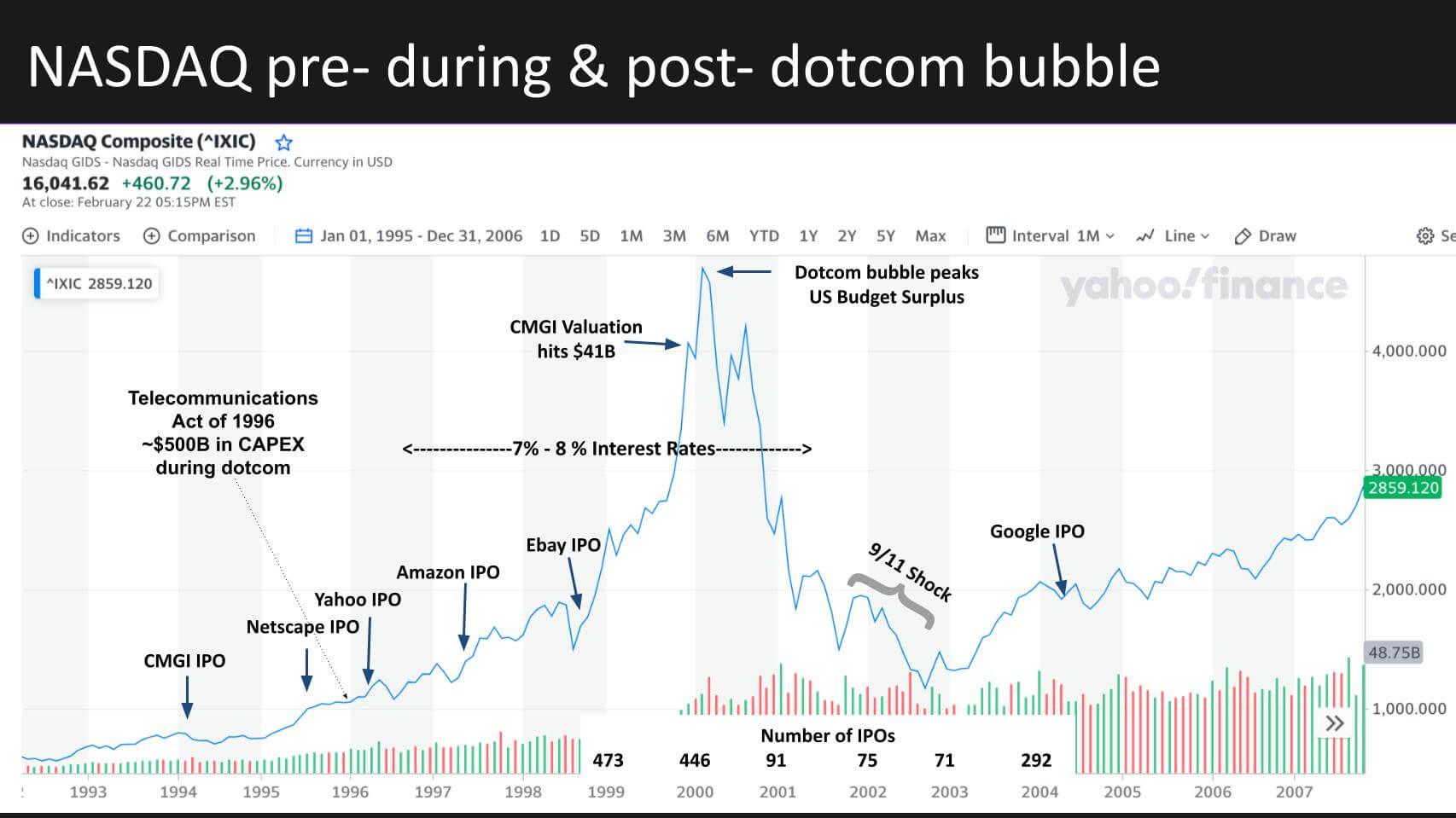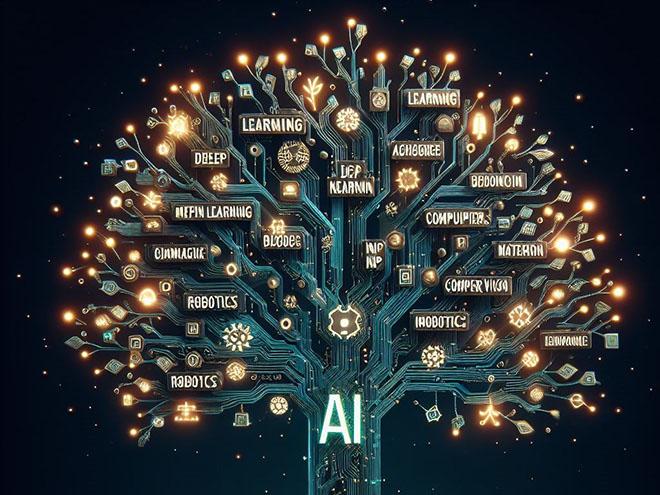AI Innovations Drive Up Energy Demand and US Grid Expenditures
the rapid integration of artificial intelligence across various sectors has sparked a significant surge in energy consumption, leading to record expenditures on the U.S. power grid. As AI technologies evolve, the demand for computational power has skyrocketed, necessitating more energy to support data centers and high-performance computing resources. This meteoric rise in demand is not only straining existing infrastructure but also prompting calls for ample investments to upgrade and expand the grid. Key factors contributing to this phenomenon include:
- Increased Data Processing Needs: AI-driven applications, from machine learning to big data analytics, require extensive processing capabilities, which translate directly into higher energy consumption.
- Expansion of Renewable Energy Sources: The integration of AI in managing renewable energy sources, while beneficial for sustainability, also requires significant energy to implement and maintain.
- Growing Adoption of Smart Technologies: As businesses and homes increasingly adopt smart devices powered by AI, the cumulative effect on energy demand becomes increasingly pronounced.
In response to these escalating costs and the urgent need for modernization, experts are advocating for the construction of new power plants and the enhancement of existing infrastructure. The challenge is whether regulatory bodies will act swiftly enough to address these demands amidst ongoing discussions about energy policy and sustainability. Moreover, stakeholders are exploring innovative solutions that could not only meet growing energy needs but also ensure a greener, more resilient power grid. Potential strategies include:
- Investment in Energy Storage Technologies: Leveraging AI to optimize energy storage systems can definately help balance supply and demand fluctuations.
- Smart Grid Innovations: Upgrades to grid technology that utilize AI could improve efficiency and reliability while reducing overall costs.
- Partnerships with Tech Innovators: collaborations between energy providers and technology firms may lead to breakthroughs in energy efficiency and smarter energy use.

Exploring the Challenges of Aging Infrastructure in the Era of Artificial Intelligence
The intersection of artificial intelligence and aging infrastructure has revealed a landscape fraught with both opportunities and pitfalls. As the demand for energy surges, driven largely by the proliferation of AI technologies, manny segments of the U.S. grid are grappling with limitations stemming from decades-old structures. The burden of maintaining and upgrading this infrastructure has led to a striking increase in operational costs, with energy providers facing daunting challenges such as:
- escalating maintenance expenditures: As systems age, the frequency and complexity of repairs rise, demanding a larger chunk of resources.
- Technological obsolescence: Legacy systems struggle to integrate modern AI solutions, limiting their efficiency and reliability.
- Environmental considerations: aging plants may not meet contemporary sustainability standards, pushing for emissions reductions at high costs.
Amidst these challenges, the call for new plants becomes increasingly urgent. Industry experts argue that introducing cutting-edge facilities can facilitate a smoother integration of AI, enhancing the grid’s responsiveness and resilience. This modernization trend is not without its hurdles, including:
- High initial investment: constructing new plants requires significant funding, often necessitating public-private partnerships.
- Regulatory hurdles: Navigating the labyrinth of regulations can delay construction and increase costs.
- Community resistance: local populations may oppose new developments due to environmental or social concerns.

Strategic Recommendations for Reinventing the US Power Grid to Meet Future Needs
To address the surging costs of the U.S. power grid and its demands brought on by the AI boom, strategic investments and innovations must be prioritized.Key areas for reformation include:
- Decentralization of Energy Sources: Integrating more localized renewable energy sources, such as solar and wind, can reduce transmission costs and improve resilience.
- Advanced Energy Storage Technologies: Investing in cutting-edge battery systems will help balance supply and demand, enabling the grid to store excess energy produced during peak times.
- Smart Grid Technologies: Implementing AI-driven grid management systems can enhance operational efficiency, predictive maintenance, and demand response capabilities.
Moreover, collaboration with private sectors and local governments is essential for funding and deployment. The emphasis on regulatory reform will ensure streamlined processes for new plant approvals and grid enhancements. Additional recommendations include:
- Enhanced Cybersecurity Measures: Strengthening the grid’s defenses against cyber threats will protect critical infrastructure as technology becomes more interconnected.
- Workforce Progress Programs: Establishing training initiatives will prepare the workforce for jobs in a modernized energy sector, fostering innovation and adaptability.
- Community Engagement Initiatives: Actively involving local communities in planning and decision-making will foster local support and cater to specific energy needs.

Investing in Renewable Energy: A Path Forward for Sustainable Grid Solutions
As the United states grapples with soaring grid costs driven by the recent AI boom, the push for innovative and sustainable solutions has never been more critical. investing in renewable energy technologies emerges as a vital strategy not only for economic stability but also for environmental conservation. Stakeholders across the energy spectrum are recognizing that enhancing the grid with cleaner power sources can alleviate some of the financial pressures and contribute to a more resilient infrastructure. Key components of this approach include:
- Solar power: With advancements in photovoltaic technology, solar energy represents a scalable and cost-effective option for energy generation.
- Wind energy: Wind farms,both onshore and offshore,can significantly reduce reliance on fossil fuels while creating jobs and stimulating local economies.
- Energy storage solutions: Innovations in battery technology and other storage methods are essential for managing the intermittency of renewable energy sources.
- Smart grid technology: Upgrading grid systems with AI and IoT can enhance reliability, optimize energy distribution, and incorporate renewables more effectively.
The transition to a sustainable energy landscape will not come without challenges, yet the potential benefits are vast. By fostering partnerships between public and private sectors,the U.S. can accelerate its shift towards renewable energy investments.Moreover, the integration of these solutions can address the growing demand for electricity spurred by digital transformation, providing a pathway to a cleaner and more efficient energy future. Realizing this vision will require a cohesive strategy, where innovation meets regulation, paving the way for a grid that meets the energy needs of tomorrow.
